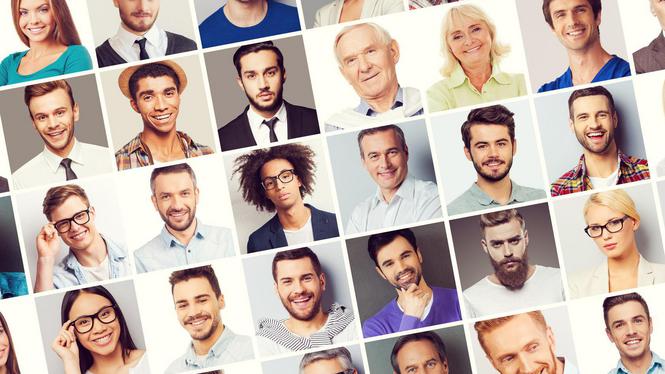Nowadays AI enables us to use fingerprints for almost everything, from giving us access to buildings in terms of security to unlocking our phone. In case of the latter, Apple takes it one step further by using Face ID for the iPhone X to recognize your face in order to unlock our phone. Until now, all these innovations seem quite useful, right?
Unfortunately, some people seem to use their time creating somewhat differently, for example to invent a “gaydar”. According to the researchers, this software radar, an intuitive ability to assess whether someone is gay, is better capable of doing this compared to humans. In their research, the software found patterns in the facial features of homosexual men and women in 35,326 pictures of a dating website (Kosinski & Wang, 2017).
You might be thinking, what is this good for? Luckily, we are not the only ones, as this research has led to some fuss. A woman wrote to the scientist “stop studying my face, it makes me feel I am not human”. Moreover, what if this kind of technology is being used to discriminate or, even worse, to prosecute homosexuals? According to Kosinski, a deep neural network (to find patterns in pictures) showed similarities that increase the possibility of someone being homosexual. For men: a narrower jaw line, a long nose, and narrower eyebrows, in women around the other. However, the 91 per cent accuracy of the algorithm does not mean that the software is able to pick out 91 per cent of the homosexuals in the society, as the chance of false positives remains high. Often, AI only works under artificial conditions.
Artificial intelligence can make life easier, but as in this case, used to make hasty generalizations. Sexual orientation is something human and is not to be found in one binary state. As the LGBTQ nation website states: you can tell you are gay, behave like you are gay, or feeling attracted to people from the same sex. One terrifying thing one can learn from this “gaydar”: as all technologies improve over the years, these models will be as well, and together with our pictures and personal information easily available on the Internet, privacy and civil rights could be damaged. This is especially dangerous in countries where people can be prosecuted for their sexual orientation.
Source: https://www.theguardian.com/technology/2017/sep/12/artificial-intelligence-face-recognition-michal-kosinski
Kosinski, M. and Wang, Y. (2017) Deep neural networks are more accurate than humans at detecting sexual orientation from facial images. [online] OSF. Available at: https://osf.io/zn79k/ [Accessed 27 Sep. 2017].

